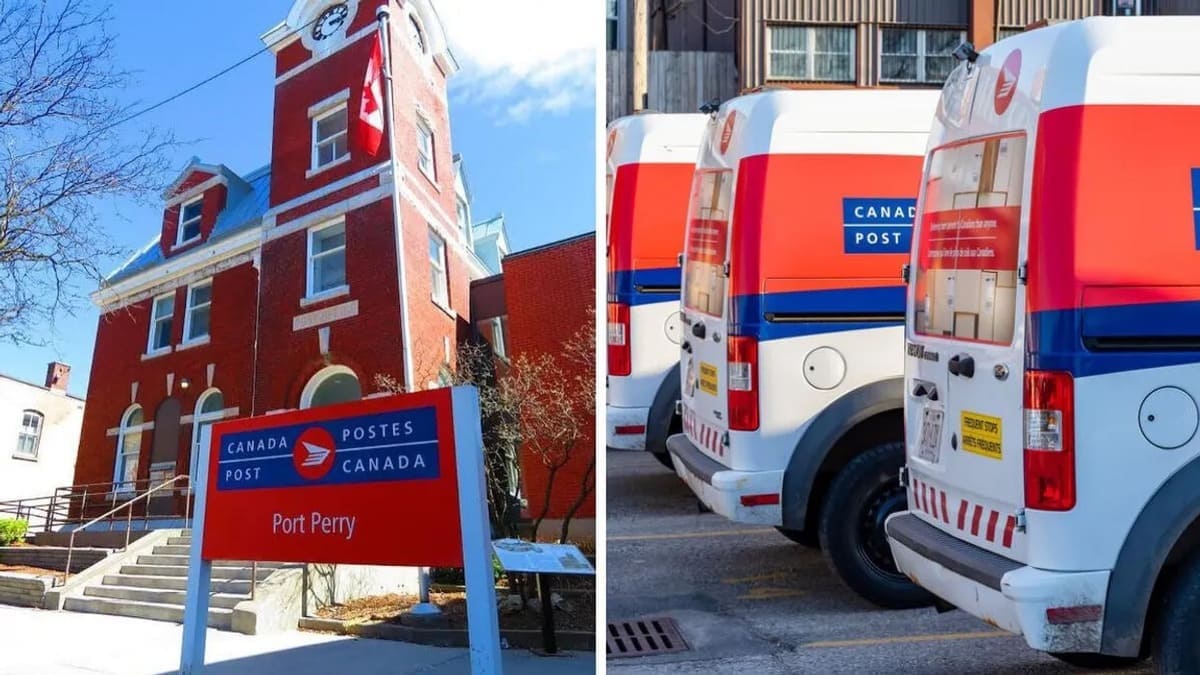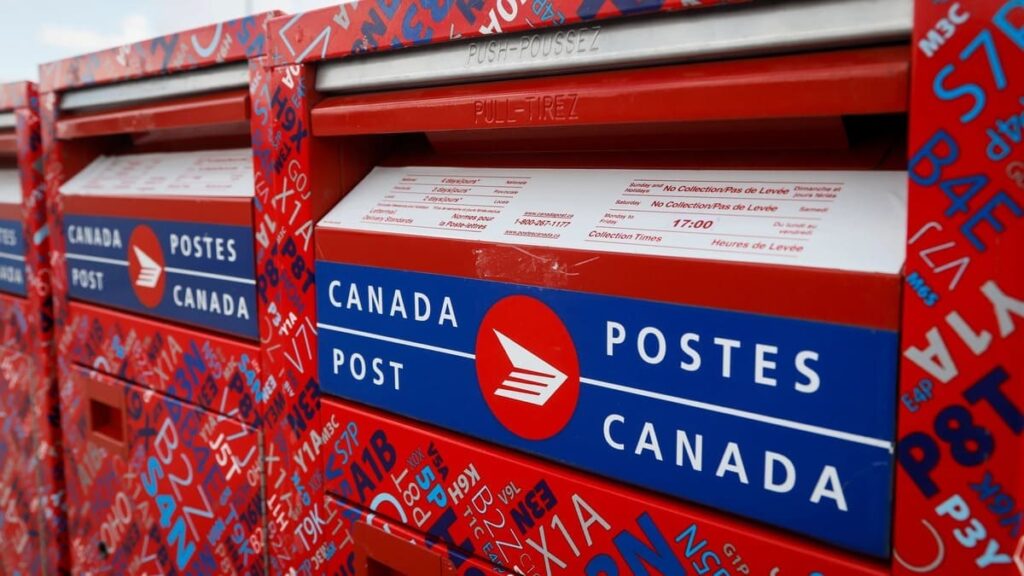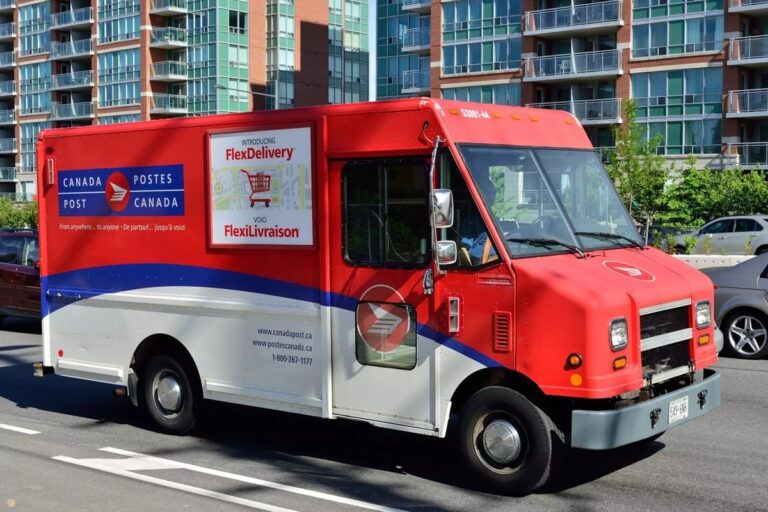Is Canada Post on Strike in 2024? Latest News & Updates

Canada Post, the crown corporation responsible for mail and parcel delivery across Canada, has seen its share of labor unrest over the past few years. But is Canada Post on strike now in 2024?
The short answer is no – Canada Post workers are not currently on strike as of January 2024. However, with collective bargaining agreements expired and no new deals reached, the threat of potential strike action still looms.
In this detailed blog post, we’ll cover everything you need to know about the current status of Canada Post contract negotiations, including:
- What issues triggered strikes in 2018 and could again
- What disruptions the last round of rotating strikes caused
- How the federal government ended the strike
- What has (or hasn’t) happened with bargaining since
- What options exist if Canada Post workers strike again
We’ll also provide context on why labor tensions have escalated recently between Canada Post management and unions representing postal employees.
Overview of Canada Post and Labor Relations Backdrop
Canada Post, formally incorporated as the Canada Post Corporation, is a crown corporation and the primary postal operator in Canada. It has a exclusive privilege on non-urgent lettermail within Canada, meaning mail delivery has been mainly protected from competition.
The Canadian Union of Postal Workers (CUPW) is the largest bargaining agent representing postal employees at Canada Post. CUPW has approximately 54,000 members and represents two main groups:
- Urban postal workers in processing plants and retail outlets
- Rural and Suburban Mail Carriers (RSMCs)
Canada Post has dealt with financial pressures and mail volume decline with the rise of digital communication. Lettermail volumes dropped drastically since their peak in 2006. However, the crown corporation has seen parcel delivery rise with online shopping.
These changes have strained labor relations. Canada Post has pushed major changes, like converting home delivery to lower cost community mailboxes. But CUPW has pushed back seeking job security, workplace improvements, and equality between urban and rural workers.
Tensions escalated leading up to the last round of collective bargaining agreements expiring in late 2018.
What Was Behind the 2018 Canada Post Strike?
In October 2018, CUPW members began a series of rotating strikes after close to a year of negotiations failed to result in new collective agreements.
The union voiced concerns over several key issues going into bargaining, including:
- Pay equity: Rural and Suburban Mail Carriers are paid based on route size rather than by hour. CUPW argued this harms equality, as most urban carriers are men and most RSMCs women.
- Working conditions: Canada Post has one of the highest injury rates of federal employers, which CUPW tied to overburdening employees with workload.
- Job security: With its financial pressures, Canada Post was seen trying to lower costs through measures like converting home delivery to community mailboxes.
The union demanded Canada Post address these issues at the bargaining table. But contentious negotiations resulted in the CUPW launching rotating strikes to apply pressure instead of all-out walkouts.
What Impacts Did the Rotating Strikes Have?
With job action targeting a different city for a 24-hour period, the CUPW aimed to limit customer impact. But significant delivery delays still occurred, especially for parcels moving through major Canada Post sorting plants.
Some of the notable Canada Post strike impacts included:
- Backlogs and delays: Mail and parcels piled up through October and November 2018 as rotating strikes continued. Delays hit a peak after cyber sales like Black Friday.
- Service guarantees suspended: Canada Post temporarily halted delivery time guarantees for parcels across Canada due to uncertainty.
- Businesses affected: Companies faced added costs for pricier courier options. Small retailers lacked alternatives faced lost sales from delivery delays.
- Payments stalled: With cheques and money orders backed up, some faced financial consequences waiting for time-sensitive payments.
- Medical care delays: Late delivery of medical prescriptions and patients waiting longer for test results judged as indirect effects.
The federal government ultimately stepped in due legislation to end the Canada Post strike in late November 2018.
How Did the Federal Government End the Rotating Strikes?
With postal disruptions dragging on and the pivotal holiday shopping period threatened, the federal government tabled back-to-work legislation.
The legislation, Bill C-89, was passed by Parliament and went into effect on November 27, 2018. It ordered an end to rotating walkouts and Canada Post employees to return to their duties.
CUPW leadership criticized the government’s back-to-work bill as violating its member’s constitutional rights to collective bargaining. But after attempts to filibuster the legislation, the union directed its members to comply with returning to work under protest.
An arbitrator was appointed to continue negotiations between CUPW and Canada Post management. But well over a year since the legislation forced an end to the Canada Post strike, a collective bargaining agreement remains out of reach.
What Has Happened with Canada Post Contract Talks Since 2018 Strike?

Canada Post’s urban and rural/suburban collective agreements remained expired but were rolling over on a month-to-month basis since the 2018 job action ended.
In December 2023, after the previous deals elapsed, the mediator sought an extension for arbitration proceedings throughout 2024. This signals that little progress has been made despite years of ongoing mediation and negotiations.
The union warns that labour unrest could resume if agreements aren’t reached addressing issues like overburdening, injuries, pay disparity, guaranteed hours, and job security. But Canada Post maintains negotiations are continuing constructively despite slow progress.
So five years after its last labor dispute, Canada Post still lacks new collective agreements with the CUPW-represented employees vital to its operations.
What Strike Alternatives Exist for Canada Post Customers?
With uncertainty lingering around Canada Post contract negotiations, what options exist if postal workers strike again in 2024?
During past service disruptions, many retailers advised customers place orders early or select pricier courier delivery options:
- Private couriers like Purolator, FedEx, DHL, and UPS can bypass postal infrastructure when available. But added fees often apply.
- Temporary delivery delays should be expected during any strike, as private couriers will also face surges in demand.
- Government intervention remains likely if economic impacts become too severe. But back-to-work legislation risks further straining employer-union relationships.
- Ecommerce alternatives may also be an option where local pickup is available. But smaller businesses could still suffer from the loss of affordable Canada Post delivery.
The federal government considers postal service an essential service for Canadians. But unlike competitor countries, Canada has yet to pursue privatization or deregulation of its postal infrastructure.
So hopes remain that Canada Post and its largest bargaining unit can eventually reach negotiated collective agreements without more labor unrest or government intervention. But the long unresolved tensions will require constructive commitments from both sides at the negotiating table.
Conclusion: Canada Post Strike Potential Still Looms for 2024
Canada Post has managed to avoid additional strike action since the 2018 rotating walkouts caused significant mail and parcel delays across the country.
But with no new labor contracts reached after half a decade of negotiations, the risk of Canada Post strikes happening again in 2024 is still very real.
The union representing the majority of postal workers has warned strike action could resume if longstanding issues like workplace overburdening, pay disparity, guaranteed minimum hours, and job security aren’t resolved.
As of January 2024, no agreements have been ratified and previous contracts remain expired but rolling over on interim extensions.
So unless Canada Post management and the Canadian Union of Postal Workers break the years-long impasse soon, Canadians could be facing further disruptions to postal operations from British Columbia to Newfoundland.




